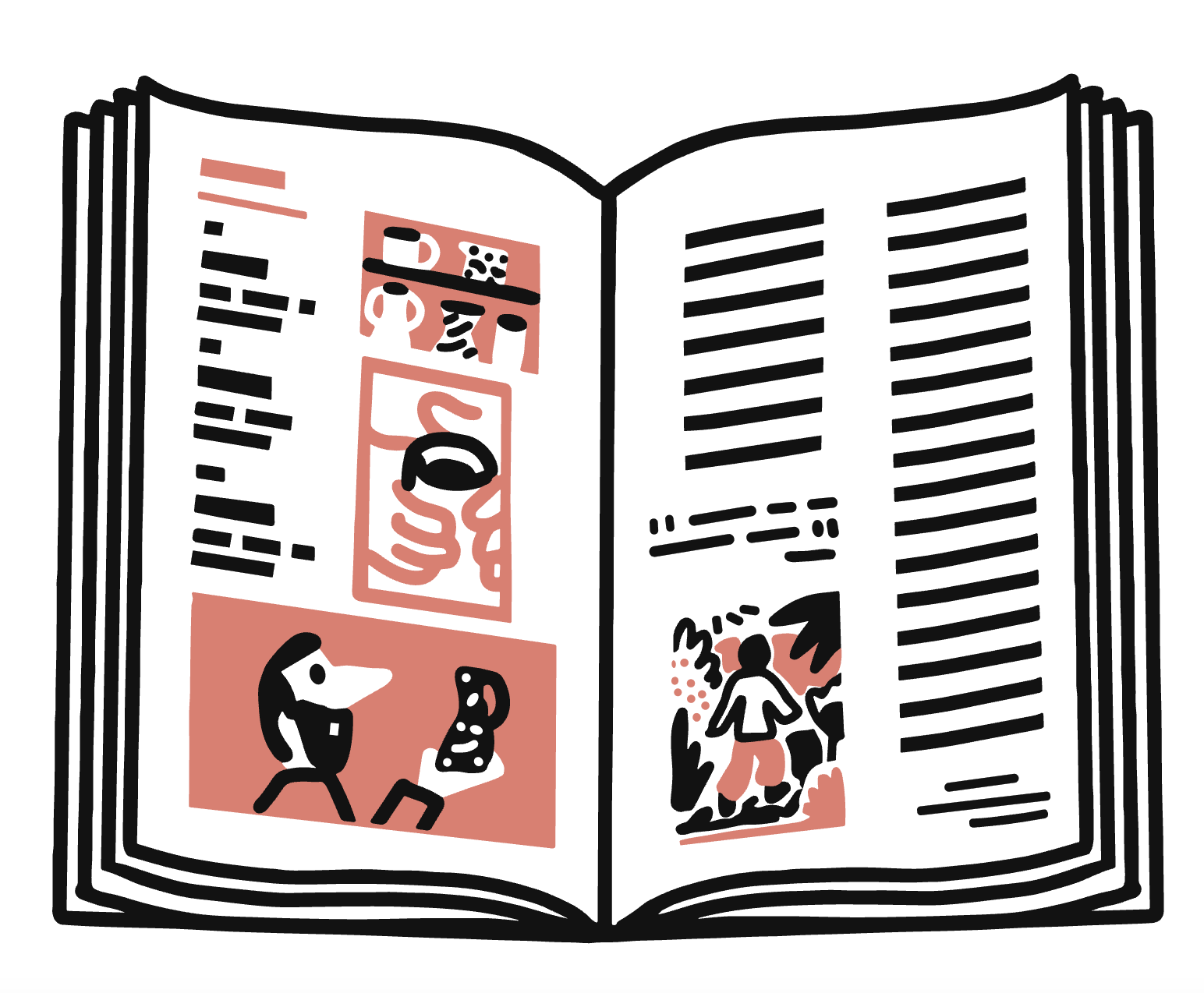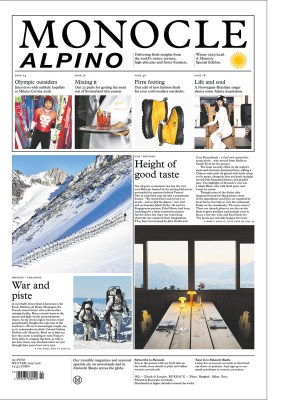It’s high time to hoist new standards for flag-bearing as expressions of unity, not division
Flags are open to many meanings – let’s not allow small-minded flappers to get in the way.
On 14 September 1814, in the dawn’s early light, US troops stationed at Fort McHenry in Baltimore harbour hoisted their nation’s flag. They did this every morning, as the bugler sounded reveille. At this particular sunrise, though, their routine chore had greater resonance.
For the previous 24 hours, Fort McHenry had been clobbered by the rockets and mortars of a Royal Navy fleet that had sailed up Chesapeake Bay. But it had stood and the flag was the US soldiers’ way of letting the British sailors know. Another witness, Maryland lawyer Francis Scott Key, was moved to verse. His poem and Fort McHenry’s flag would both become known as the star-spangled banner. Americans might therefore have reason to take their flag more seriously than most. And they do.

In October of this year, when the US president, Donald Trump, was due in the UK for a state visit, the 66 star-spangled banners that were to be unfurled on the Mall in London and at Windsor Castle were rejected by the US embassy, which was unhappy with the precise shade of red amid the white and blue. New flags were commissioned at a cost of £52,800 (€60,000).
It might seem like a strange time to make the case that there’s something to be learnt from the US’s affection for its flag. To be clear, we’re talking about the easygoing pride expressed in banners hung from small town porches, not the slobbering flag-fondling regularly perpetrated by the kind of ostentatious patriots more likely to make any decent citizen want to burn a flag than salute it. In 2025, the banner of one of the UK’s constituent nations – the red-on-white St George’s Cross of England – became the subject of a culture war version of Capture the Flag.
In towns across England, St George’s Crosses were hung and spray-painted by that variety of conservative nationalist who would rather conduct this sort of performance than do anything to materially improve their society. The UK’s centre-left government was compelled to contortions, as its senior ministers all but claimed that their home decor was exclusively comprised of the St George’s Cross and Union Flag and that they enjoyed nothing more than sitting down with the family to stare at either or both.
Neither of these is quite the way to go about it. In peacetime, at least, a flag should not be flown in any spirit of vengeance or triumph. Nor should a flag be worshipped or protected. And it should never be compulsory to wave one. A flag should be flown freely; an expression of happiness with and gratitude for the best of the country that it represents. Nevertheless, even the most secular societies contrive to impute something approaching sanctity to these patterned pieces of cloth.
In November 2021, there was moderate uproar when the French president, Emmanuel Macron, switched the blue of Le Tricolore to a somewhat darker shade. People who recalled that the lighter blue was the preference of Europhile former president Valéry Giscard d’Estaing – who changed it in the 1970s to match the EU flag – wondered if his successor was signalling a rift with Brussels or attempting subliminal outreach to nostalgists and nationalists. The response from Macron’s office was “nonsense”; the president stated that he merely preferred the navy blue and its connections to French history.
Flags are not set in stone (they wouldn’t flap, for one thing). Their designs change: the original star-spangled banner had only 15 silver stars on its blue canton. And the meaning that we impose upon them evolves and/or is in the eye of the beholder – or, indeed, burner.
Syria is the most recent country to run up a new standard, or at least to revive an old one. The fall of the Assad regime was marked by hauling down the red, white and black-striped Ba’athist banner with two green stars and replacing it with a variation on the green, white and black-striped flag with three red stars, which heralded Syria’s first flush of independence in the 1930s. It was an important moment, symbolising a fresh start and a return to principles. But, as with anything vexillological, it was essentially a cosmetic gesture. Any flag, like any nation, is an eternal work in progress.
Comment
Modern flags are not symbols of exclusion and aggression; they should be unfurled in a spirit of joy not anger.


